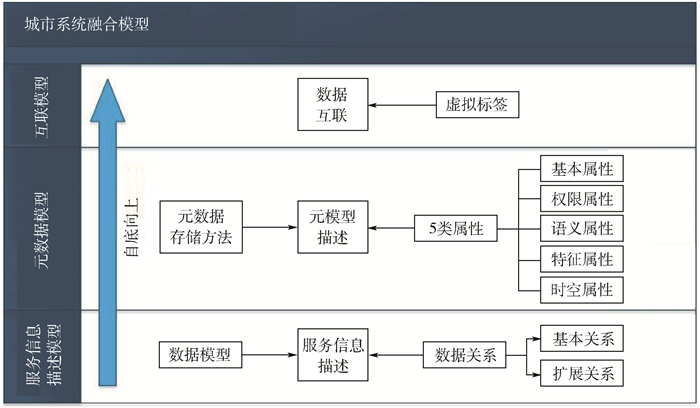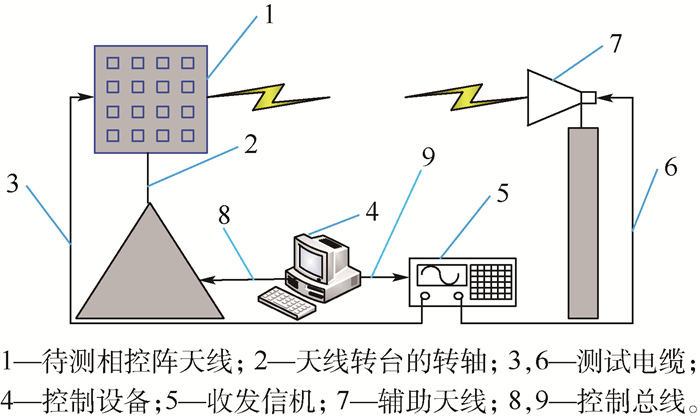We study the restricted occurrence times for variables and literatures in 3-SAT problem. In particular, we propose a strictly regular random (3, s)-SAT problem and its instances generating model-SRR model. Using the first moment method and the asymptotic approximation technique to the expansion coefficient in generating function, we derive an upper bound of the phase transformation point for the strictly regular random (3, s)-SAT problem, i.e., when the variable size N is large enough and the variable occurrence times s is greater than 11, the strictly regular random (3, s)-SAT instances are unsatisfied with high probability. Furthermore, for the random instances generated by model SRR with different variable size, our experimental results show that when N is greater than 60 and s is greater than 11, all the (3, s)-SAT instances are unsatisfied, and when N is greater than 150 and s is less than 11, all the (3, s)-SAT instances are satisfied. Thus, the phase transition point of the strictly regular random (3, s)-SAT instances is located at s=11(i.e., the ratio of clauses to variables is 11/3). We also observe that the strictly regular random (3, s)-SAT instances at the location s=11 are much more difficult to solve than the uniform random 3-SAT instances around its phase transition point, which is about 4.267 (the ratio of clauses to variables). Therefore, it is quite easy to generate hard random 3-SAT instances by our SRR model at the location where s is 11.









